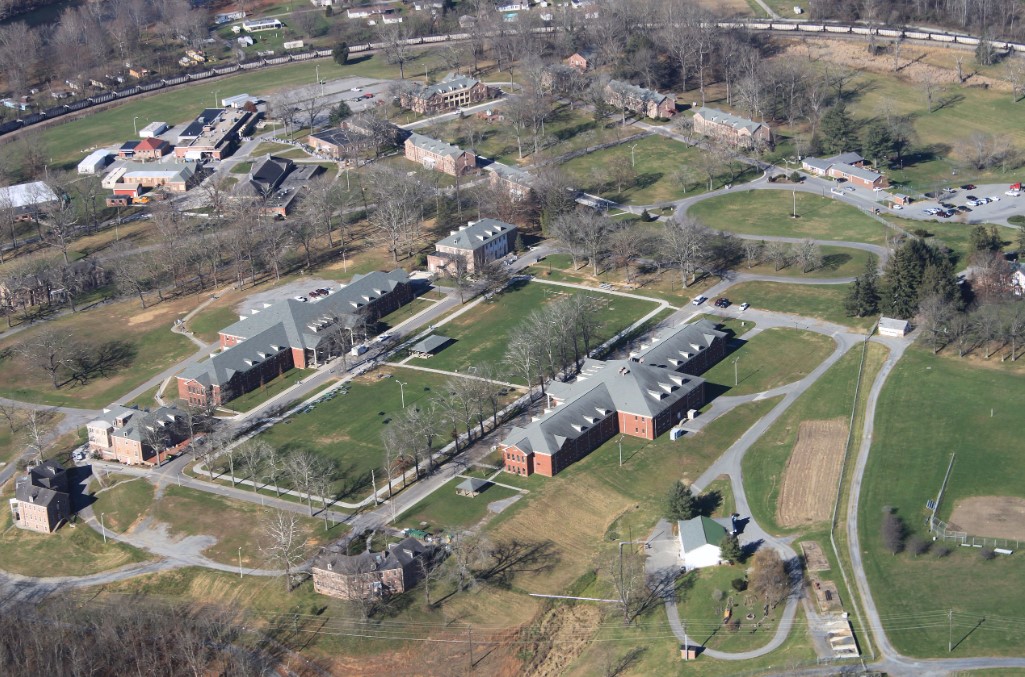In the shadow of towering fences and the constant hum of daily life within a federal prison camp, a unique world unfolds—one defined by resilience, adaptation, and the raw reality of survival. Inmate experiences vary dramatically; some navigate the routine with a sense of resignation, while others find unexpected camaraderie among fellow inmates, each story woven with threads of hope, despair, and unexpected lessons.
Life behind bars is not merely an existence; it is a complex tapestry of emotions and experiences, where time seems to stretch and contract in curious ways. From the daily struggles of securing basic necessities to the quest for personal growth through education and vocational training, those incarcerated often confront profound transformations.
This article delves into the stories of individuals who have walked the halls of federal prison camps, exploring the myriad ways they confronted challenges, forged connections, and ultimately sought redemption in an environment that is anything but forgiving.
Introduction to Federal Prison Camps

Source: commons.wikimedia.org
Federal Prison Camps (FPCs) represent a unique segment of the U.S. penal system, designed to house low-security inmates who have typically committed non-violent offenses. Unlike their higher-security counterparts, FPCs are characterized by a more relaxed atmosphere, with fewer restrictions on movement and daily routines.
This environment fosters a sense of community among inmates, who often engage in work programs, educational courses, and recreational activities that aim to facilitate personal growth and rehabilitation. Nevertheless, the transition to this new reality can be jarring; the stark contrast between life outside and life within these camps breeds varied experiences.
Some find solace in routine and camaraderie, while others grapple with the psychological impacts of incarceration. In this article, we delve into the intricate tapestry of inmate experiences within federal prison camps, unraveling the challenges and triumphs that define their journeys.
First Impressions ─ Arriving at Camp
As the bus rumbled to a stop, the weight of reality crashed in—the stark, utilitarian buildings loomed ahead like silent sentinels, each brick whispering stories of those who had walked these paths before. Stepping off the bus, the air was thick with a mix of anxiety and determination; you could hear the distant echo of steel doors clanging shut, a reminder of the confinement to come.
The sight of fellow inmates, clad in their issue uniforms, ranged from wary glances to indifferent shrugs; it was a world where survival instincts kicked in from the very first footfall. The staff, stern yet almost routine in their efficiency, processed new arrivals with mechanical precision, hastily shuffling forms and directions while the cacophony of unfamiliarity swirled around.
At that moment, every heartbeat felt amplified, a reminder that this was no ordinary journey; the reality of the federal prison camp was just beginning, and the first impression would linger like a shadow on the walls of the mind.
Daily Life Inside the Camp

Source: forbes.com
Daily life inside a federal prison camp is a unique blend of routine and unexpected moments that reveal the resilience and adaptability of its inhabitants. Mornings begin with the blaring of an early alarm, rousing inmates from their narrow bunks to embark on a series of scheduled activities—exercise, work assignments, and educational programs.
The air is filled with a cacophony of chatter, laughter, and the occasional squabble, as individuals from diverse backgrounds navigate their day-to-day challenges. Meals, often bland and repetitive, are taken in a communal dining hall with a mixture of camaraderie and underlying tension.
Within the confines of this austere environment, inmates forge friendships, seek solace in shared experiences, and engage in pastimes that range from reading to crafting, turning what could easily become a mundane existence into a tapestry of stories and survival. Each day brings a chance for reflection, whether in the quiet moments alone or amidst the broader community, allowing them to confront their pasts and contemplate their futures, all while adhering to the rigid structure imposed upon them.
Conclusion
In conclusion, the tales of survival from those who have navigated the challenges of federal prison camps reveal a complex tapestry of resilience, adaptation, and the indomitable human spirit. Inmate experiences highlight the importance of forging connections, maintaining hope, and utilizing the resources available for personal growth and rehabilitation.
Whether it’s learning from fellow inmates or drawing strength from one’s background, as seen in the story of one black man who turned his time behind bars into an opportunity for self-discovery and empowerment, the journey is as much about transformation as it is about endurance.
Ultimately, these narratives not only shed light on the realities of incarceration but also inspire a deeper understanding of the potential for change and redemption, reinforcing the idea that even in the most challenging environments, one can survive and thrive.












